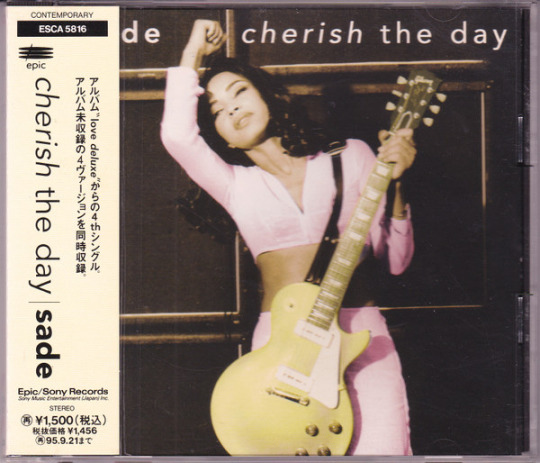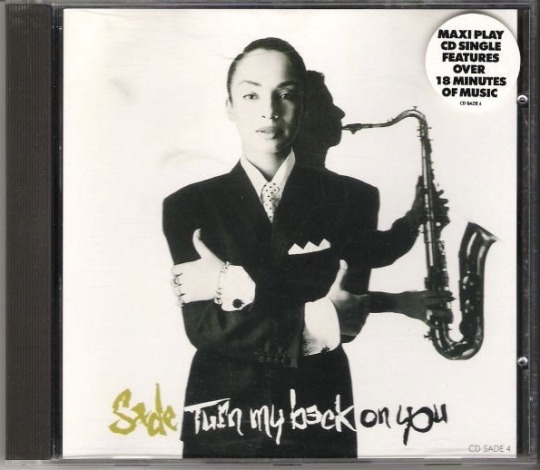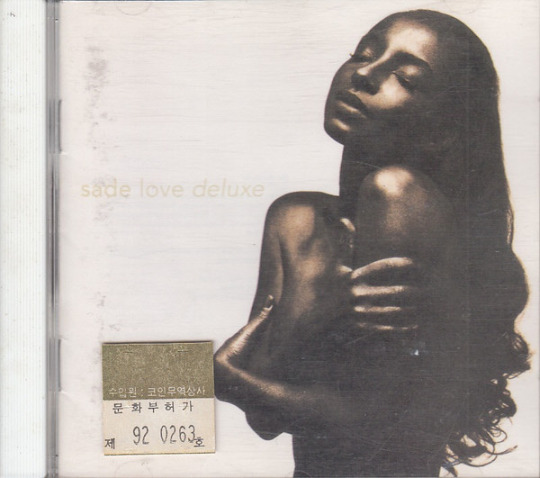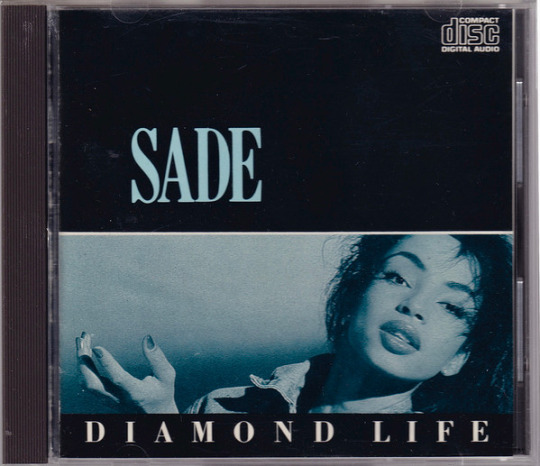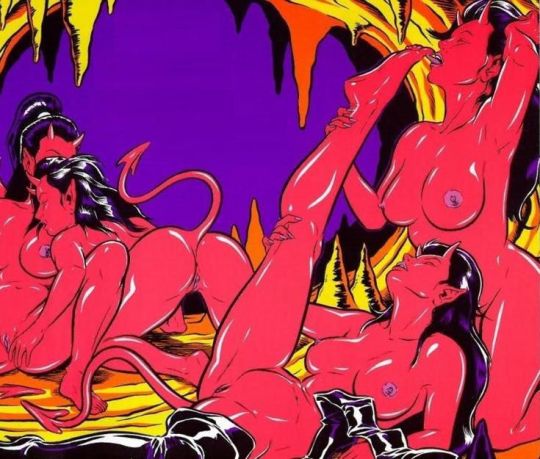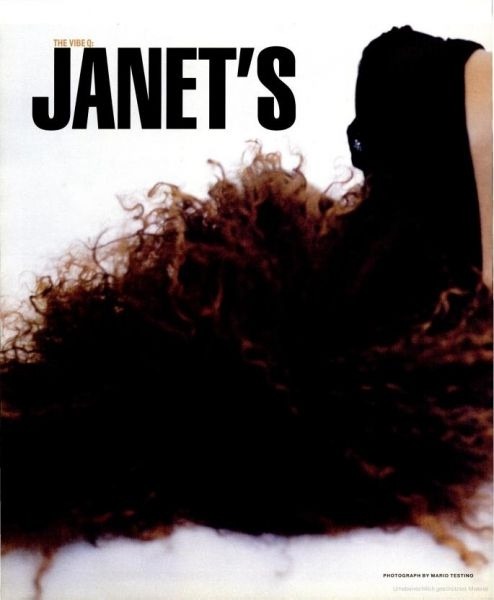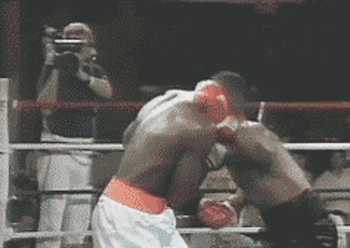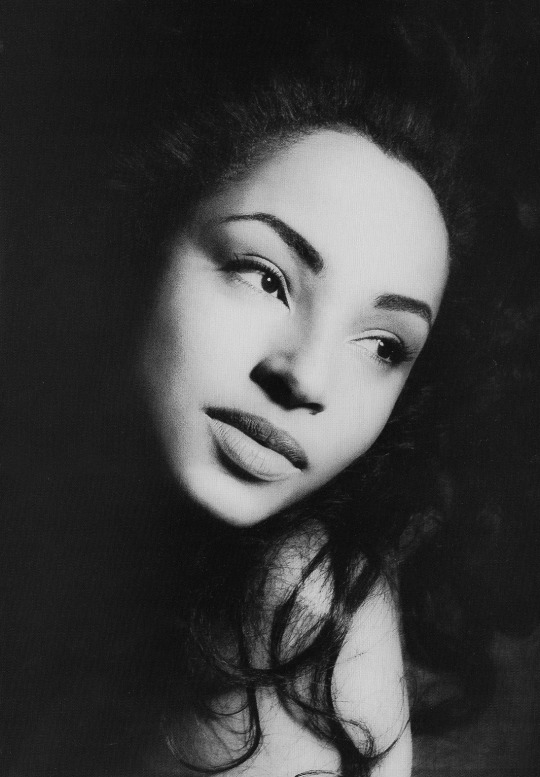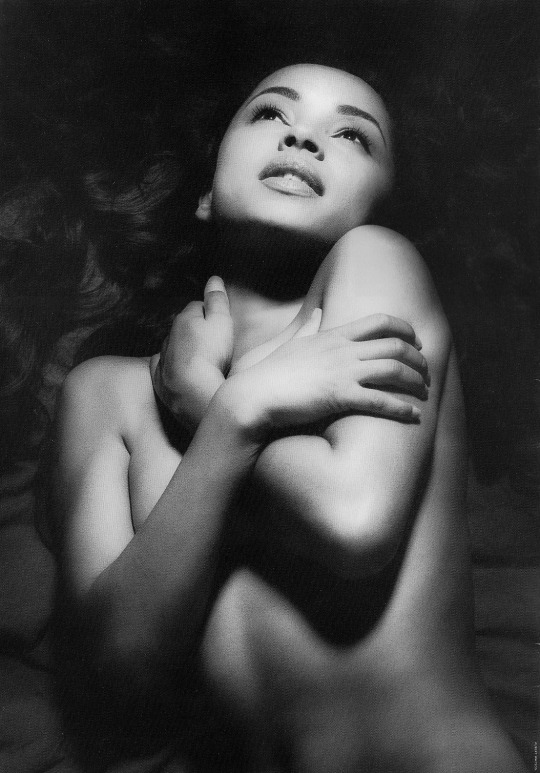Don't wanna be here? Send us removal request.
Text

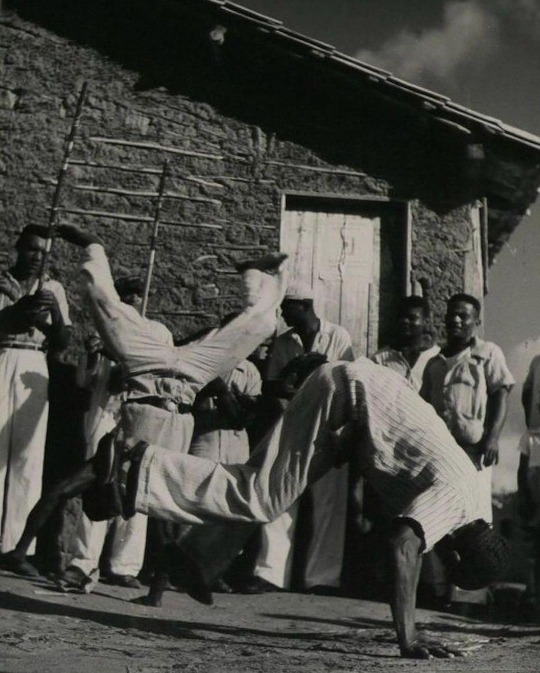

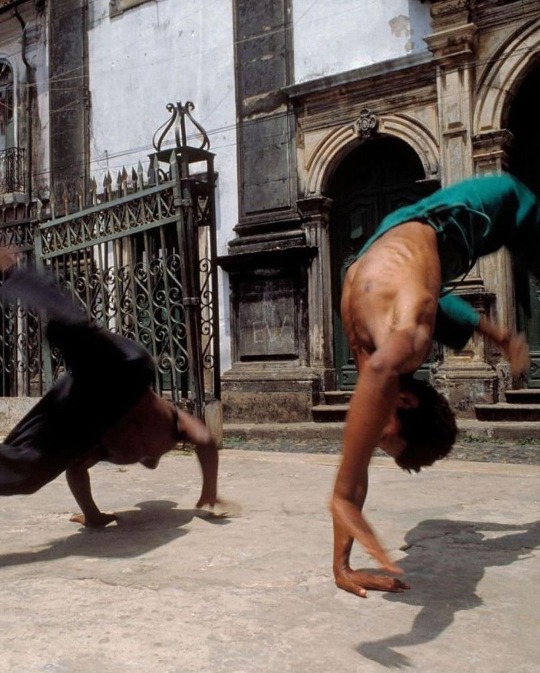
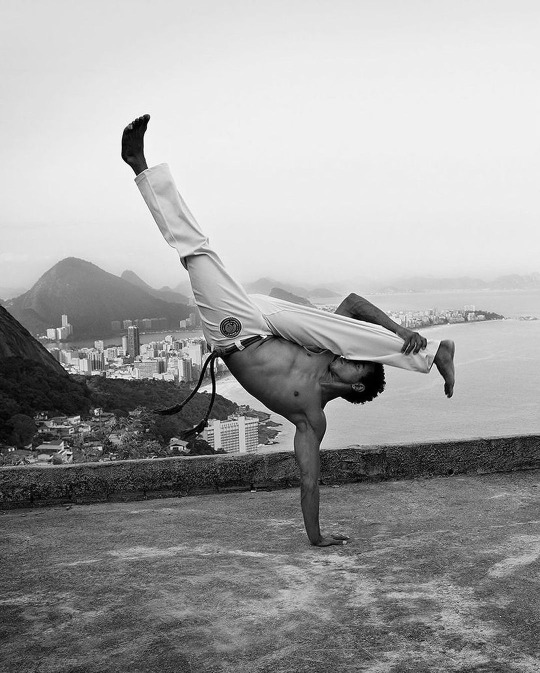



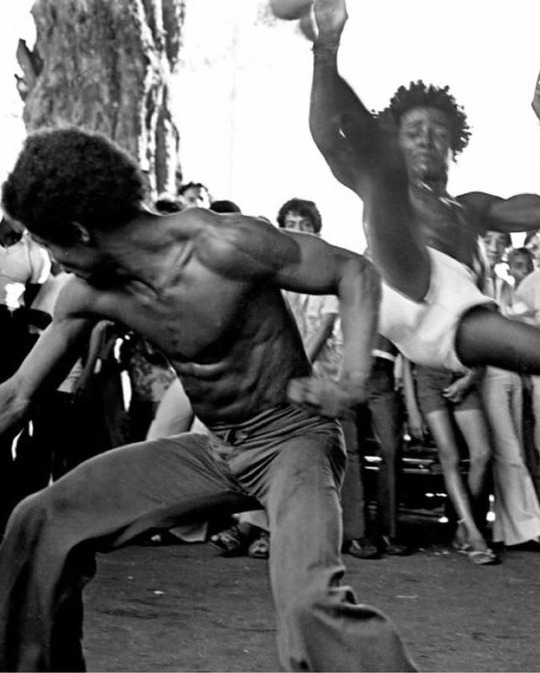

Repost from @moyoafrika
•
#repost• @whatsculture History Class: Tracing the roots of Capoeira. The Afro-Brazilian martial art form incorporates acrobatics, dance, folklore, and music. Two opponents play each other inside a circle (Roda) formed by the other players, who create rhythm for the game by clapping, singing, and playing traditional instruments. It’s the second most popular sport in Brazil and is practiced in different parts of the world today. To understand the significance, we look at how it is a phenomenon born out of migration.
“Capoeira was conceived in Africa and born in Brazil,’’ Mestre Jelon Vieira once said. As a colony of the Portuguese Crown, millions of Africans were shipped and sold in Brazil. There, enslaved Africans shared their cultural traditions, including dances, rituals, and fighting techniques, which eventually evolved into capoeira. Many elements and traditions that would inform capoeira are said to have originated in Angola. At that time, 80% of all enslaved Africans in Rio de Janeiro came from Central West Africa from countries that are now known as Gabon, Angola and both Congos.
People from Angola were prominent among the enslaved Africans who played the game on the streets and squares of Rio de Janeiro, Salvador and other Brazilian port cities at the beginning of the nineteenth century. With many enslaved Africans revolting against slavery, they would soon form communities in villages called quilombos in which they could sustain different expressions of African culture. They used capoeira to defend themselves and resist capture, disguising its martial intent with music, song, and dance.
Capoeira became illegal after the abolition of slavery in 1888. Practitioners were socially ostracised for more 40 years, until the legendary capoeira master, Mestre Bimba, opened the first capoeira school in Bahia in 1932. From there, the martial art would reach all parts of the world. At its core, capoeira is born out of a mix of African and Brazilian indigenous cultures and it represents resistance and resilience 🇧🇷🌍
#moyoafrika #brazil #angola🇦🇴 #africanculture #africanculture #africandiaspora #african
925 notes
·
View notes
Text

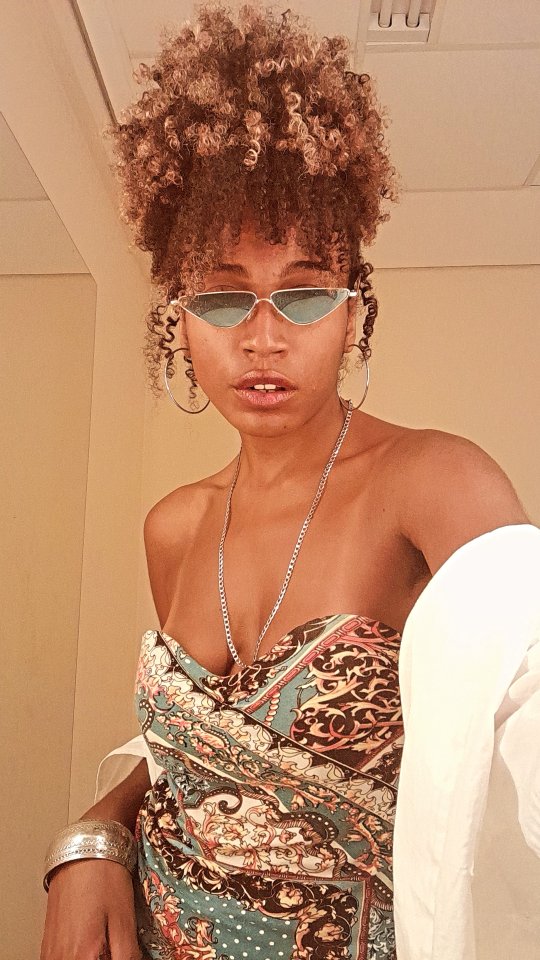
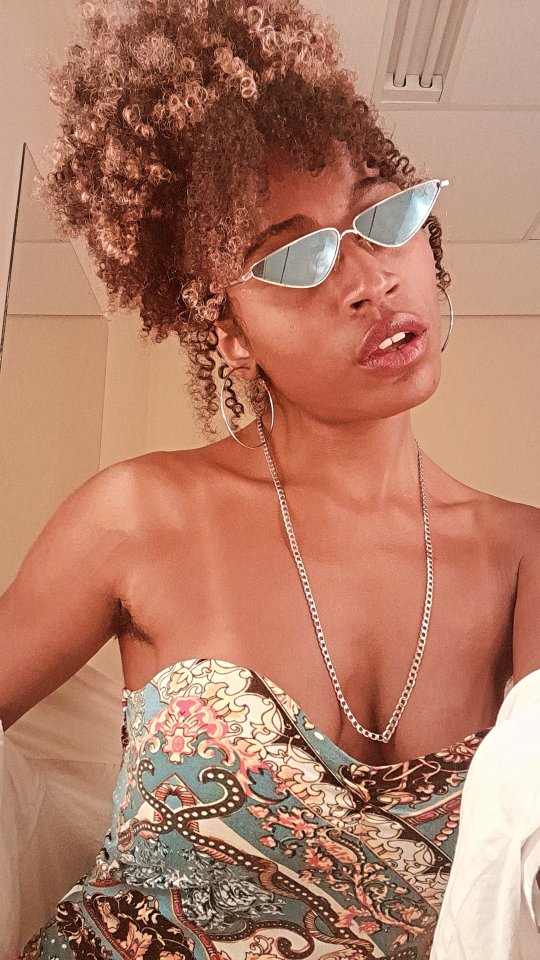
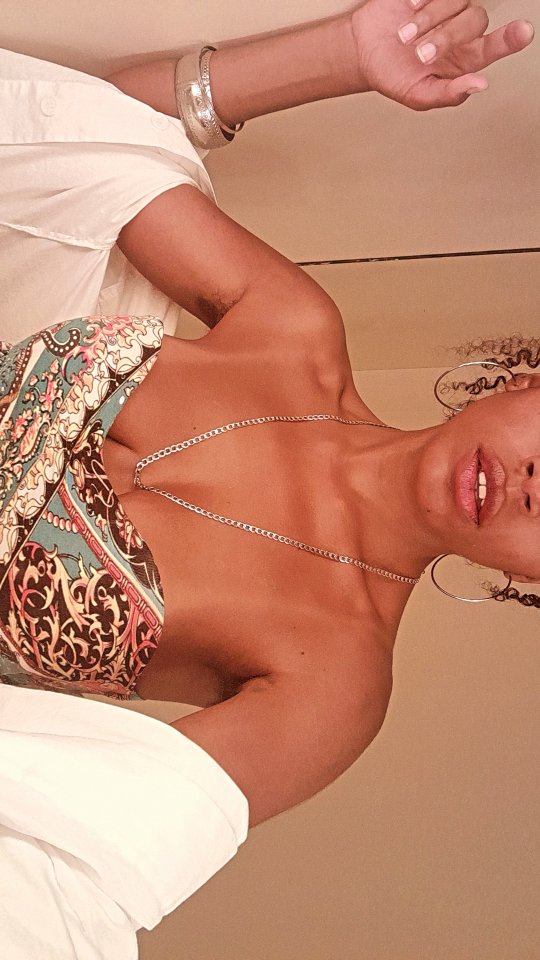
#minhas#blackwoman#black#negra#blackinstagram#blackgirlmagic#brown skin#beautiful woman#mulheresnegras
15 notes
·
View notes
Text

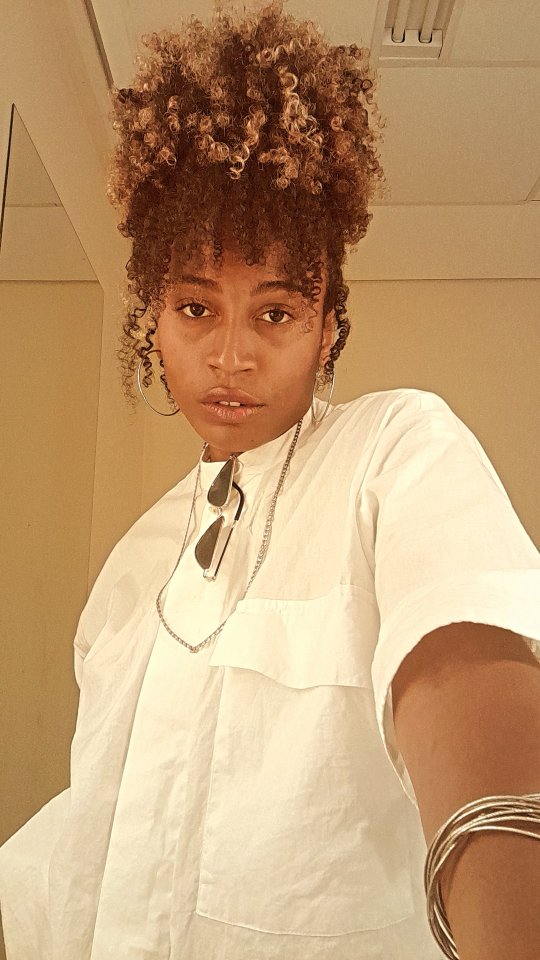
8 notes
·
View notes
Text
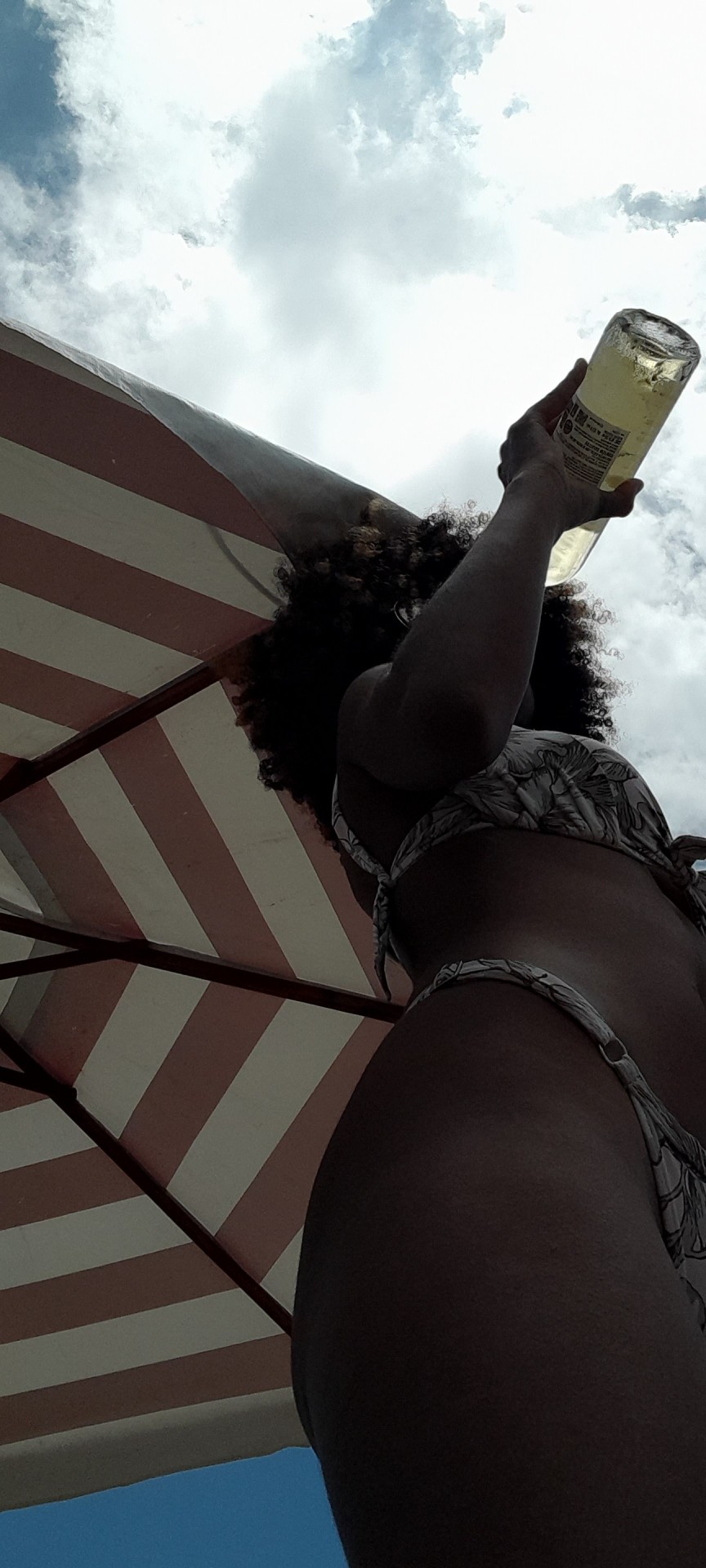

verão 2022
#minhas#blackwoman#blackinstagram#negra#blackgirlmagic#african culture#brown skin#beautiful woman#black
18 notes
·
View notes
Text
Scene from City of Lost Souls (1983) featuring Angie Stardust and her girlfriend
4K notes
·
View notes
Text
o amor não adivinha
por isso as coisas precisam ser ditas
tim-tim por tim-tim
eu não sabia disso aos vinte anos
nem aos vinte e cinco
mas agora eu sei
que tudo que o amor me deu, eu pedi. e todos os medos que ele acolheu, eu contei.
porque amar não dá a ninguém uma bola de cristal a respeito do outro
o diálogo sim
310 notes
·
View notes
Photo




While You Were Sleeping (1995) dir. Jon Turteltaub
831 notes
·
View notes
